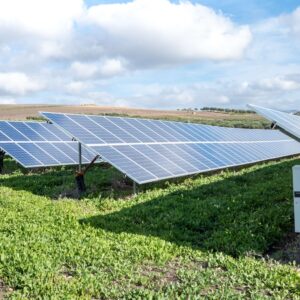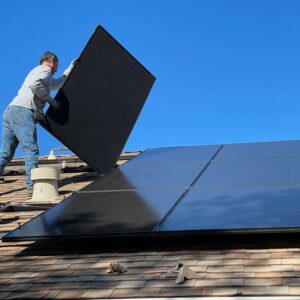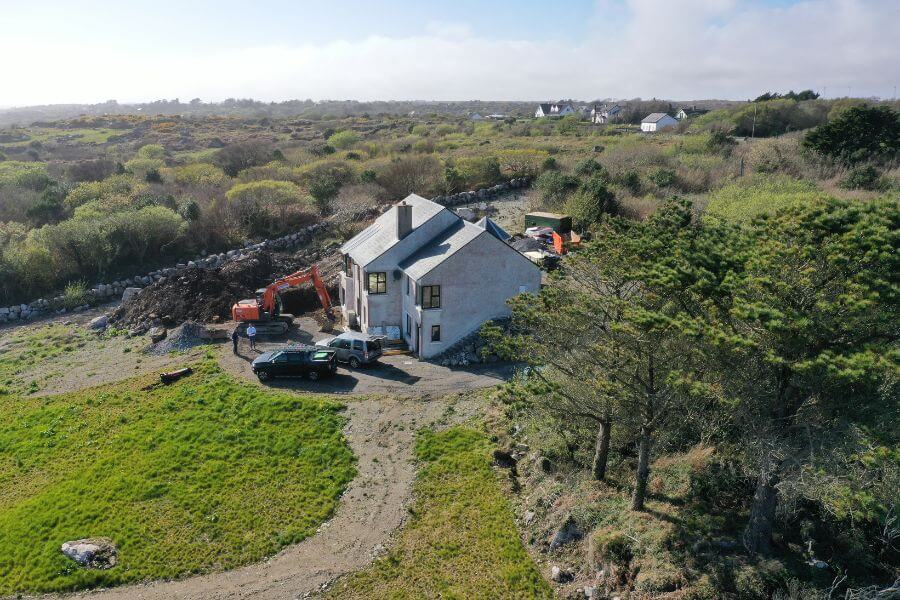The Race for
Renewable Energy
Betting on the Winning Home Insulation Technology in Ireland
As the world gallops towards a greener future, the race is on to find the most effective home insulation technology. It’s a race where every homeowner and property developer is both a spectator and a participant. The stakes are high, but so are the potential rewards. So, let’s saddle up and explore the runners and riders in this exciting contest.
The Starting Gate: Energy Efficiency
In Ireland, the Sustainable Energy Authority of Ireland (SEAI) offers grants to homeowners looking to improve their home’s energy efficiency, including insulation. The most common types of insulation used in Ireland are mineral wool, polystyrene, and polyurethane. Each has its advantages and disadvantages, and the choice often depends on the specific needs of the building.

The Front Runners: Solar and Wind Energy
Now, let’s take a look at the front runners in the race for renewable energy. In Ireland, solar and wind energy are leading the pack. The Irish government provides support for homeowners who want to install renewable energy systems, such as solar panels or wind turbines, through the SEAI.
Solar photovoltaic (PV) systems convert sunlight into electricity and can generate all or some of a home’s electricity needs. They are highly reliable, require little maintenance, and can be used in both hot and cold climates.
Wind energy systems, on the other hand, can generate all or some of a home’s electricity needs if sufficient land area and average wind speeds are available.
The Dark Horse: Geothermal Heat Pumps
Don’t count out the dark horse in this race: geothermal heat pumps. These systems use the ground as a heat source and sink, providing efficiencies two to three times greater than commonly used air source heat pumps (ASHPs). While the initial cost is higher, the additional costs can be recouped through energy savings in 10 to 15 years.
The Finish Line: Investment and Value for Money
So, which technology is most likely to cross the finish line based on investment and value for money? It’s a photo finish. The cost-effectiveness of each technology depends on a variety of factors, including the location, the size and layout of the home, and the availability of incentives and rebates in your area.
In Ireland, there are many incentives that can significantly reduce the upfront costs of installing a renewable energy system. Homeowners can also sell any excess energy their solar and wind systems produce back to their utility providers, further increasing the return on investment.
The Winner’s Circle: A Sustainable Future
In the end, the real winner of this race is a sustainable future. By investing in renewable energy and energy-efficient technologies, homeowners and property developers can reduce their carbon footprint, save money on energy bills, and contribute to a greener and more sustainable Ireland.
Whether you’re a homeowner looking to make your home more energy-efficient or a property developer interested in the latest renewable energy technologies, the race for renewable energy is one that we can all get behind. So, let’s get in the saddle and ride towards a greener future together.
Remember, in this race, every step counts. Whether you’re installing solar panels, investing in geothermal heat pumps, or simply upgrading your home’s insulation, you’re helping to push Ireland towards the finish line of a sustainable and energy-efficient future. So, let’s keep the momentum going, because in this race, we’re all winners.



